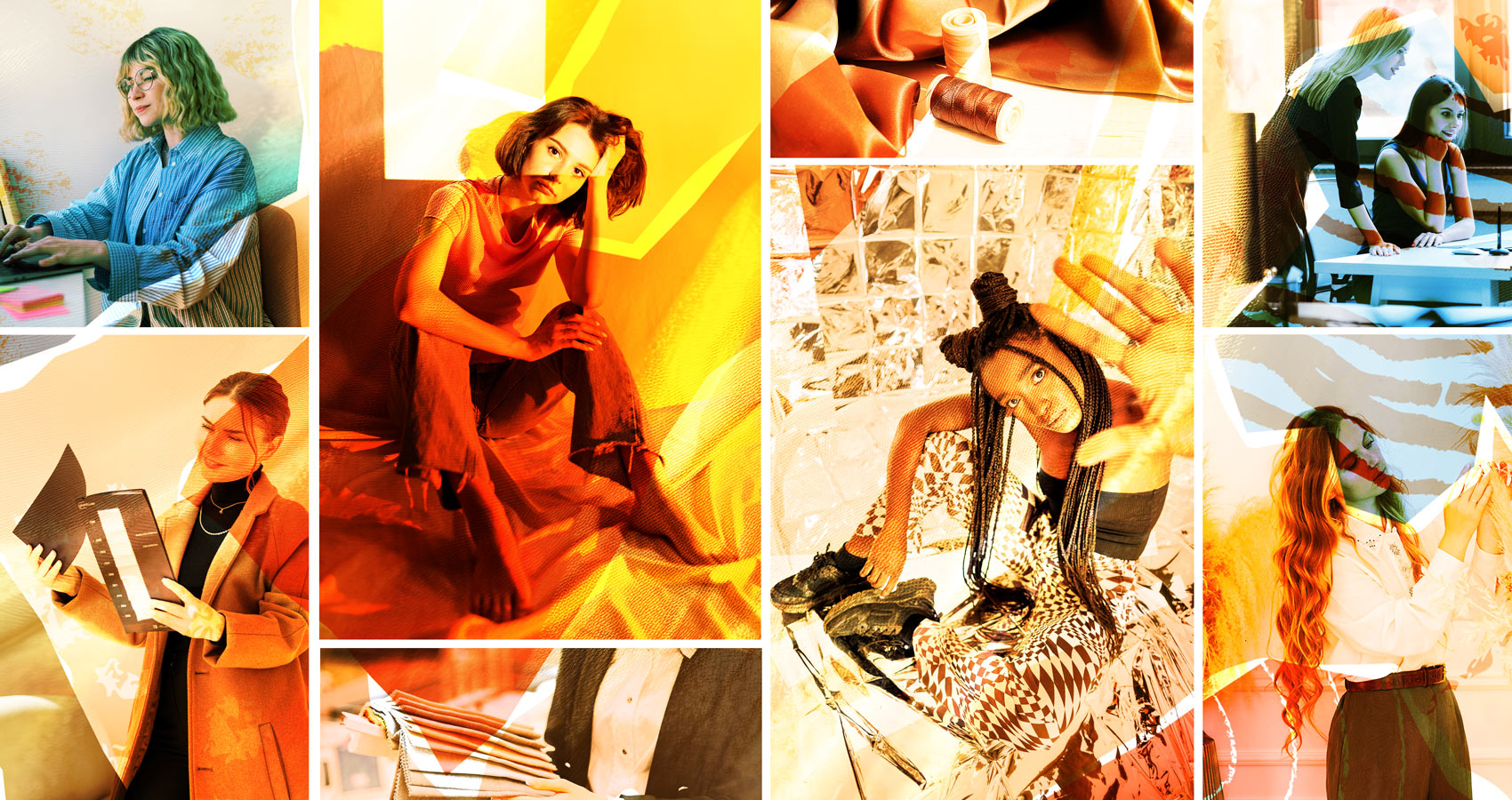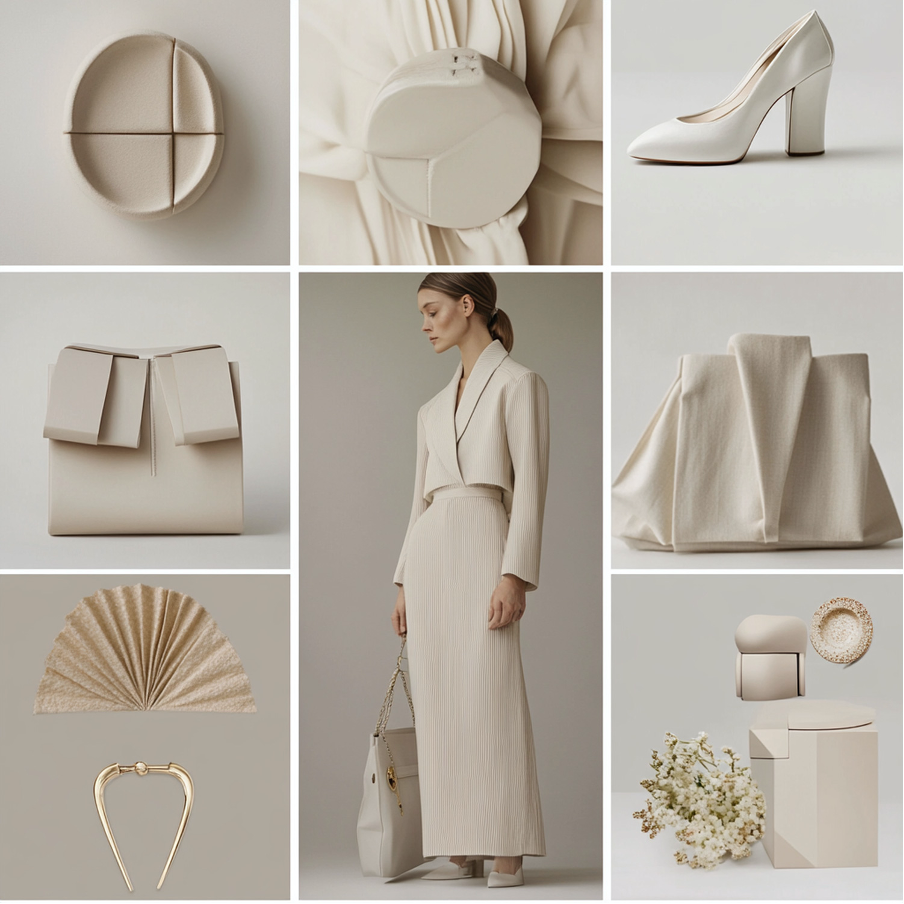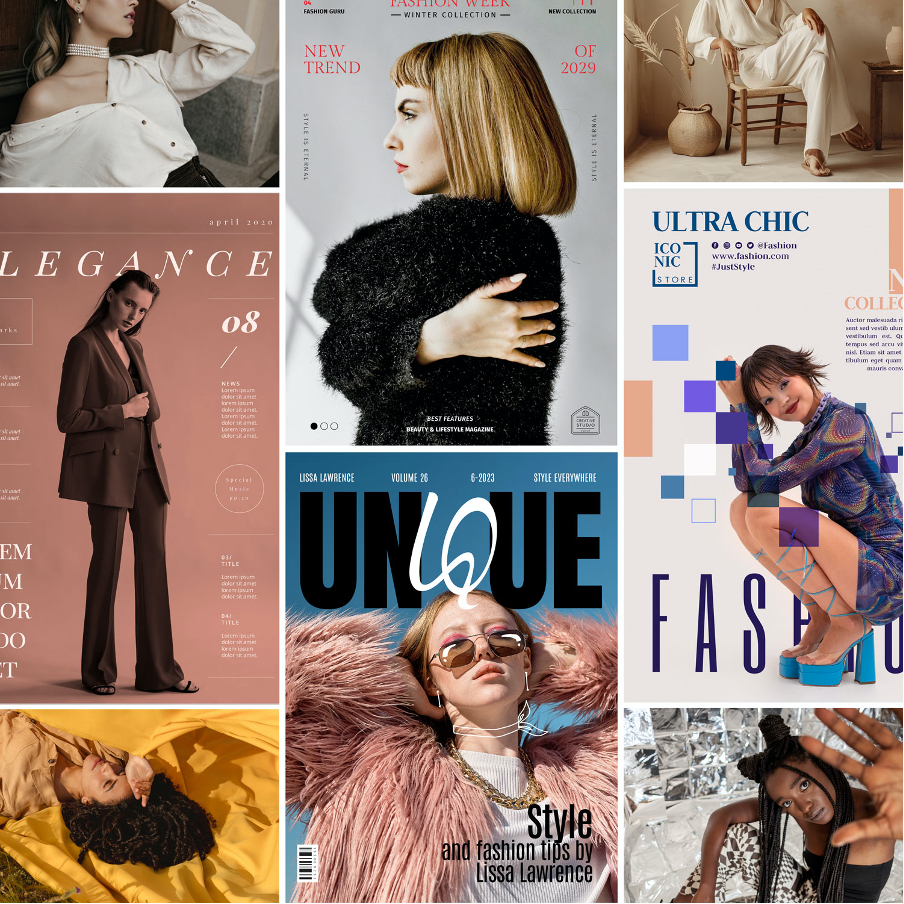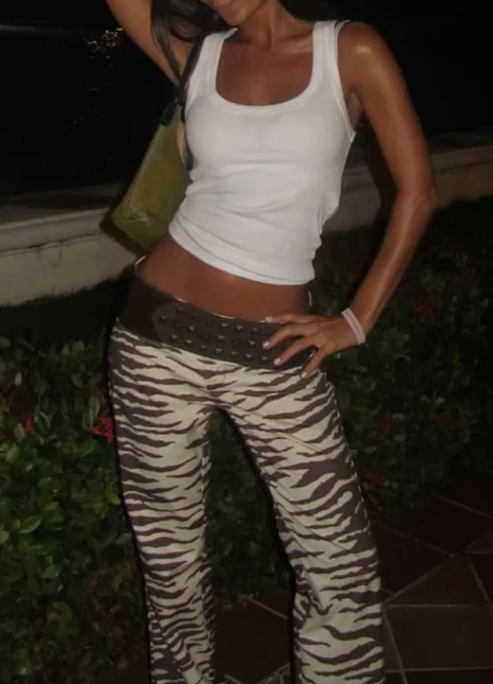
Women On The Rise: Fashion, Publishing, and Digital Minimalism
Redefining industries through minimalism.
Throughout history, women have been a great inspiration and a source of creativity for creating new works. Today, women inspire us with new trends and combinations that may not be compatible with someone.
Every day, new trends appear in the world and take over our everyday lives, and women, as consumers and influential people, have significant power to shape trends. Today, there is an increasing need for faster and easier work performance and all other obligations.
They found a way to be both efficient and effective at the same time – combining the classics with the modern age.
Let’s minimalize!
Digitalization Driven By Minimalism
Minimalism-driven businesses often follow a “content-first” approach, where the focus is on delivering valuable information without overwhelming the user with excessive content or complex layouts.
This movement is slowly creeping into more and more industries and becoming a trend because, finally, the content becomes the focus, not the side things that distract you.
Aesthetics are extremely important because they are the first thing that attracts you to the content. Literally, in a few moments, you decide whether you want to stay on that page, magazine, or piece of clothing.
Despite living in the digital age, you’ve probably caught yourself at some point reaching for a printed book, magazine, or some other classic piece.
Quick browsing of the content has become a habit, attention spans are on a fall, so it is necessary (more than ever) to stand out and be catchy. This can be achieved through transparency and simplicity but with a twist.
In digital marketing, minimalist strategies result in concise, impactful content and more apparent advertisement designs. How you incorporate it into your distinctive design layout, slogan, or something else is entirely up to you.

Publishing And Fashion
Let’s be realistic – this doesn't sound incompatible. Aside from the part you see all around you, there is a lot of work behind this combination to make it all actually work.
In both publishing and fashion, female consumers are key drivers of the shift towards minimalist design, digital approaches, and sustainable practices. Their preferences encourage brands and publishers to adopt trends that align with modern values, such as pure aesthetics, interactivity, and environmentally conscious production.
When you design a piece of clothing, you want to present it in the best possible light so that the end customers and consumers understand what you want to achieve.
Even though in fashion, the imagination is the only limit, it is necessary to take a high-quality picture and support it with text, and there are still some rules of composition to be followed for the best possible presentation.
Just as in books, you arrange parts of the text by chapter, so in magazines, you combine images with text. Researching and exploring a few popular examples of book typesetting can also help you do that part of the job as well as possible so that everything makes sense.

Leadership and encouraging content inclusivity
Although still unbelievable to some, women are bold leaders who, with the right team, can make a significant impact. For some, perhaps even controversial and difficult topics are increasingly being implemented in everyday life.
According to the largest study of women in corporate America, “Women in the Workplace”, conducted by the company McKinsey & Company over a longer period and published in 2019, women leaders tend to score higher in leadership traits associated with team building, empathy, and collaboration, which have become increasingly valuable in the modern workplace. This research shows that companies with more women in leadership often experience better employee engagement, retention, and innovation.
Editors, designers, and content creators can ensure that design choices reflect diverse, inclusive perspectives, whether through typesetting in books or editorial layouts in fashion magazines.
Women can influence narrative and visual storytelling by promoting more inclusive content. In both the publishing and fashion sectors, women can push for representation that resonates with a wider audience – whether through different characters in books or including body types, skin tones, and backgrounds in fashion advertisements. Thus ensuring that the layout and design reflect the values thoughtfully and readably.
More and more often, women are actually at the forefront of sustainability movements in the publishing and fashion industries. This spans from reducing waste in print production and promoting environmentally friendly design practices to using sustainable materials in books and magazines.
Initiatives in sustainable fashion and eco-conscious publishing can help move both industries towards greener practices, ensuring that digital and print media are developed in an environmentally responsible way.

Conclusion
Women who work as programmers, designers, and creative directors can lead the way in merging traditional design principles with modern, engaging digital formats, making content accessible and appealing to a wider tech-savvy audience.
Don’t make it seem that we’re only talking about combining design and tradition – highlight the areas that interest you, even those you haven’t dared to try out.
As in fashion – only the sky and imagination are the limit.











